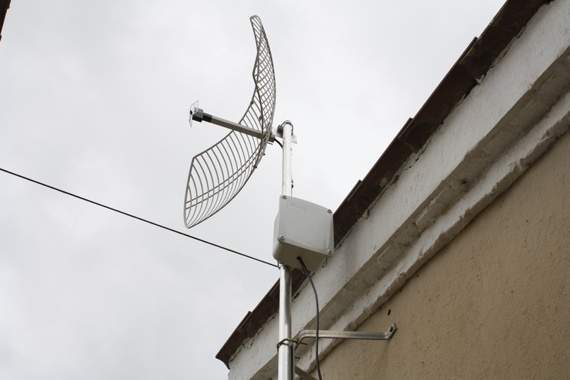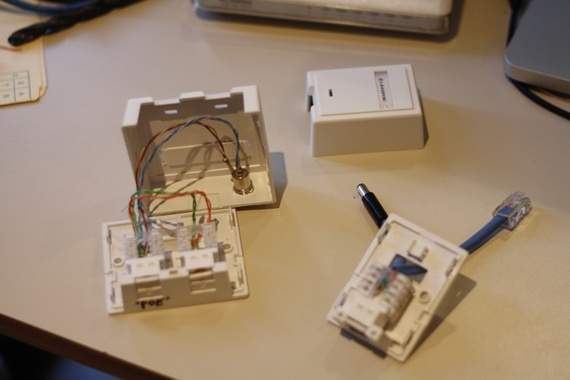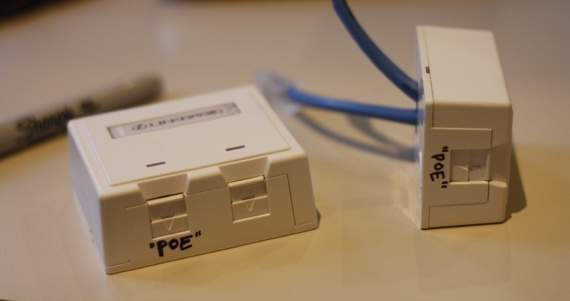A Mini-Internet to Call Our Own
| categories: | computing |
| date: | |
| tldr: | I flashed my router, put it on the roof, brought fake Power over Ethernet to it all in the name of freedom. |
| author: | Daniel Fowler |
| link: | Pretoria Wireless Users Group |
One of the nicest things about South Africa—besides the boerewors, of course—is that every major urban area has its own Wireless User Group, or WUG. The WUG is a network of computers operated by hobbyists and linked together over long-range wireless devices. Think of it as a small, purely local version of the internet. Access to the WUG here is generally free; all you need is the right equipment, conveniently provided in a kit from the major networking supply stores in the country. I wanted in, but I wasn't sold on the kit. Here is how I connected to the WUG without it.

First, I cheated. During a discussion about the WUG at my local Linux User Group, I was given a huge, old 2.4Ghz grid antenna. I already had the second critical element, an old Asus WL520GU flashed with OpenWRT.
With these two elements, I had everything I needed to mount the antenna on our roof and request an IP on the network. Unfortunately, a consumer router like mine will almost certainly not be designed to be mounted on a roof (a critical feature for a permanent install). Specifically, my router lacked Power over Ethernet, a series of standards that allow electrical power to be transmitted over ethernet cables. Without PoE, I would have to run a power extension cable up to the roof, which is dangerous and impractical.
After a little internet searching, I found a post containing instructions for hacking together your own power over ethernet "injector". The instructions were clear and easy to follow and resulted in an install that worked flawlessly over 25 foot cable I had with me.


Overall, I'm happy with my install. It has been up for the last few days without issue. For a hobbyist project like the WUG, it felt right to hack together a solution using what I had on hand rather than purchase a prepared kit.
